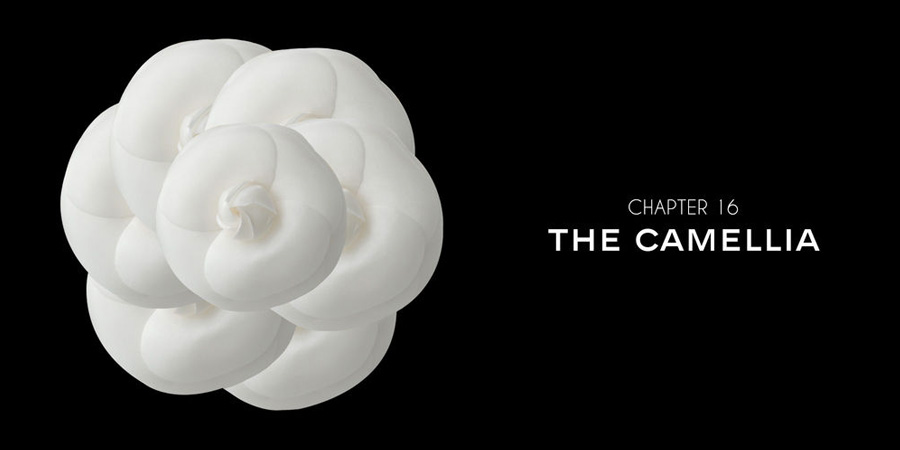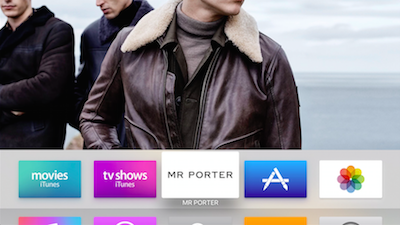It is no secret that luxury brands have struggled to make the online leap to ecommerce. The biggest hurdle? The fact that the luxury in-store experience – of personalized service, insider knowledge, exclusive access – is so strong. It is luxury’s biggest selling point. But it is also the most difficult aspect to replicate online, where everyone – and anyone – can access it.
The impulse to avoid ecommerce is understandable.
Brands fear that it signifies the contrary to a real-life luxury retail experience: a lack of intimacy, the personal touch and, above all, exclusivity.
So, unsurprisingly, 40 percent of high-end brands still do not sell via the Web, according to Bain & Company. In fact, online sales represent just 16 percent of total luxury sales.
Millennial paradox
However, the next generation of luxury consumers – millennials – is here. They are younger, digitally savvy and have higher expectations of brands.
Not only do they expect brands to be available online, but one sub-par experience with those brands and millennials will not hesitate to look elsewhere.
However, brands that do make the move to ecommerce face a big dichotomy.
While millennial luxurians are increasingly looking online to buy luxury goods, 54 percent also felt that when luxury brands become easily accessible, they cease to feel luxury, according to Hearst’s New Language of Luxury study.
Which leaves luxury brands in something of a stalemate.
Splitting market in half
As a result of the anxiety around luxury ecommerce, brands have separated into two distinct camps – those who do brand experience and those who do ecommerce.
On the one hand, some luxury brands use their sites to extend their brand experience through best-in-class content. The Inside Chanel microsite displays an interactive timeline, sketches of iconic dresses and behind-the-scenes films to give consumers thoughtful insight and storytelling – but tellingly, does not sell online.

Chanel follows branding to the T. Image courtesy of Chanel’s Camellia campaign
On the other hand, luxury brands that specialize in ecommerce – such as Launer, whose Web site functions as a clearly curated, simply navigated shop window, but little else – have limited brand experience online.
These brands risk alienating millennials either way.
So how do we bridge the gap between ecommerce and brand experience?
Making brand experience pay
Exclusivity has always been the traditional heartland of luxury brands, so successful moves to sell online will retain this crucial element. And some luxury brands are making steps in the right direction.
Luxury pioneers such as Burberry, Jimmy Choo and Net-A-Porter have successfully tapped into their expansive content universes to create thoughtful and often bespoke online experiences.
And they have connected this with the ecommerce experience through smart user experience and plush editorial content.
Net-A-Porter, for example, creates high-fashion, magazine-style spreads that showcase products as part of editorial pieces. Seamless integration with the ecommerce portion of the site allows customers to effortlessly transfer between brand experience and online purchasing.
Mr Porter, Net-A-Porter’s sister brand, has taken this a step further.
This month, Mr Porter announced the launch of its first shoppable application for Apple TV. This will allow customers to connect their digital shopping experience with rich video content and stretch the idea of the exclusive luxury experience.
Add personalization into the mix and luxury brands can really be onto a good thing.
Salesfloor’s 2016 Omnichannel Retail Associate study found that 58 percent of consumers feel that online shopping lacks the personalized attention they would receive when visiting a physical store.
So forward-thinking brands such as Burberry use clever personalization and a visual feast for the eyes to translate the experience of quality across channels.
Customers can personalize products online – selecting colors, linings, buttons and even personalized monograms to the famous trenchcoat – and so replicating the in-store experience online.
Indeed, this kind of integrated thinking does not just allow luxury brands to target millennials through ecommerce. Brands can use it to tap into new audiences and markets, too.
After all, foreign visitors from expanding international markets such as China, India and the United Arab Emirates are browsing luxury sites online before visiting United Kingdom stores in the physical world. And this thinking becomes ever more important as the world becomes increasingly local-global.
This all adds up to the same thing.
As the customer journey becomes more convoluted, luxury brands can no longer afford to view the online and in-store experiences as separate entities.
While creating intelligent content that replicates the in-store experience is one route in for luxury brands, there are other ways that they can begin to create meaningful links between customer experience and ecommerce.
Inspiration from unexpected places
Our own recent CX Score Report studied 25 fashion ecommerce brands to form a comprehensive view on which brands were performing well in customer experience (CX) and why. Among the 25 brands, nine were luxury and 16 were affordable brands.
Unsurprisingly, affordable brands performed better in customer experience on their ecommerce sites, across data, user and expert evaluations.
CX Score found that customers browsing affordable Web sites experience 14 percent lower bounce rates than those browsing premium sites. They also are 16 percent more likely to complete a checkout process and spend on average an extra one minute and 30 seconds on site, compared with luxury brands.
Why? Simply put, they make it easy for millennials to buy online. They use simple navigations and relevant, personalized product recommendations.
For example, Asos uses cookies to initially allow customers to use the wishlist function and move further down the journey to purchase.
Instead of denying the functionality to users without accounts, Asos then more subtly prompts sign-in at a more convenient stage of their journey – when they have made the decision to buy.
Of course, luxury brands should not necessarily be replicating the features of affordable brands’ Web sites.
One of Asos’ most successful features is its expansive and comprehensive navigation – and this often-unsightly design feature is unsuitable for luxury brands for a start.
The real challenge for luxury brands is not to copy affordable brands, but to identify how to use the principles of effortless ecommerce without compromising their exclusive experience.
Steps to transform luxury checkout
There are no simple solutions.
Luxury brands face challenges ahead if they are to effectively navigate the ecommerce world. They need to find the right partners and develop sensible and effective strategies. There is a lot to think about, but to ignore this platform is to alienate influential customer groups such as millennial and international clients.
And for brands that still need an extra push to create, expand or transform their ecommerce customer experience, consider this.
According to McKinsey & Co, online sales in the luxury sector are set to triple in the next decade.
By 2025, the online share of total luxury sales is expected to be 18 percent, worth a massive €70 billion annually. That will mean missing out on a very lucrative slice of the profit pie.
WHAT IS NEEDED is a modified mindset.
Ecommerce does not have to mean the end of brand experience. Rather, it can signify the dawn of a new era. It is not too late to get on board.
This article first appeared in www.luxurydaily.com
Seeking to build and grow your brand using the force of consumer insight, strategic foresight, creative disruption and technology prowess? Talk to us at +9714 3867728 or mail: info@groupisd.com or visit www.groupisd.com



